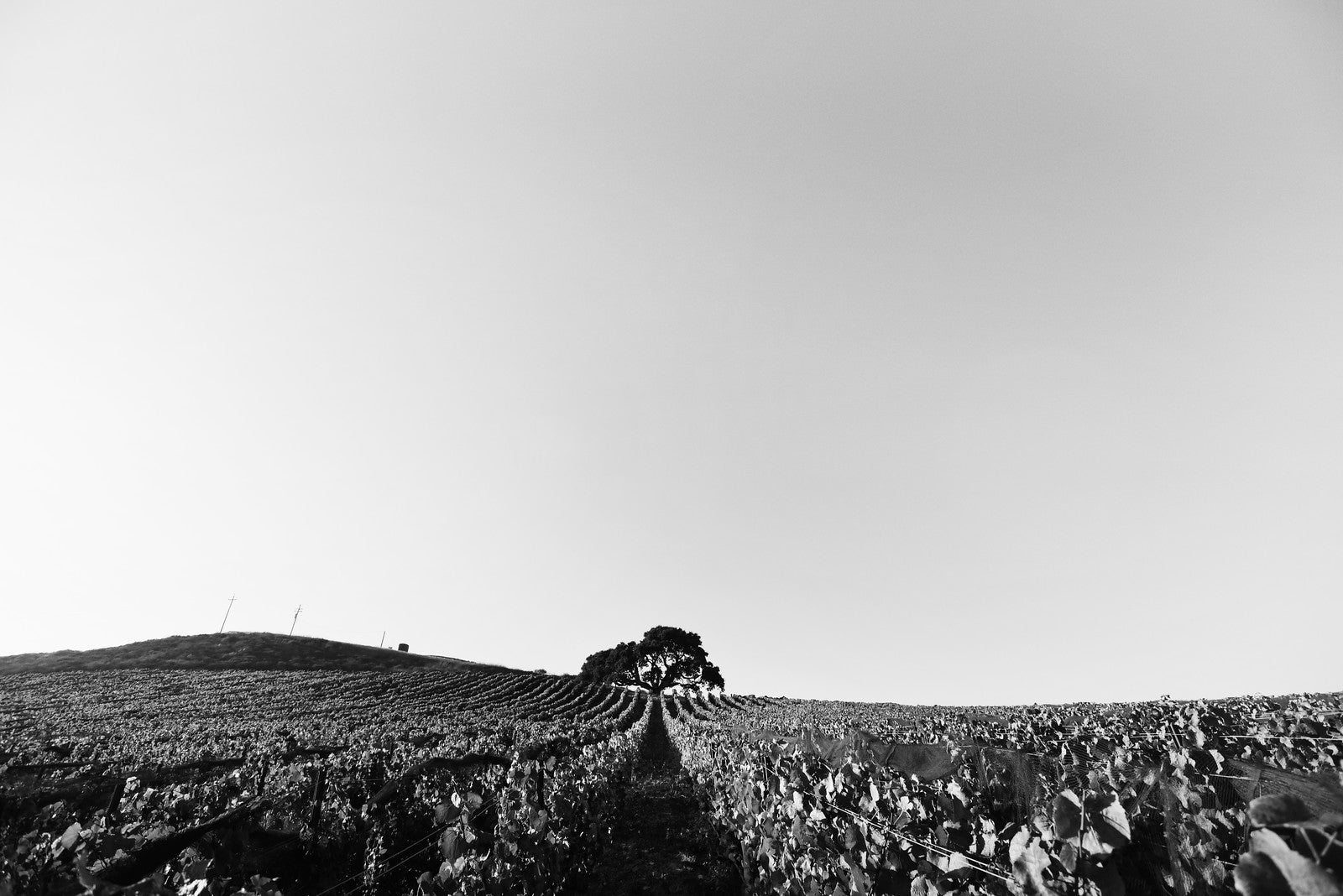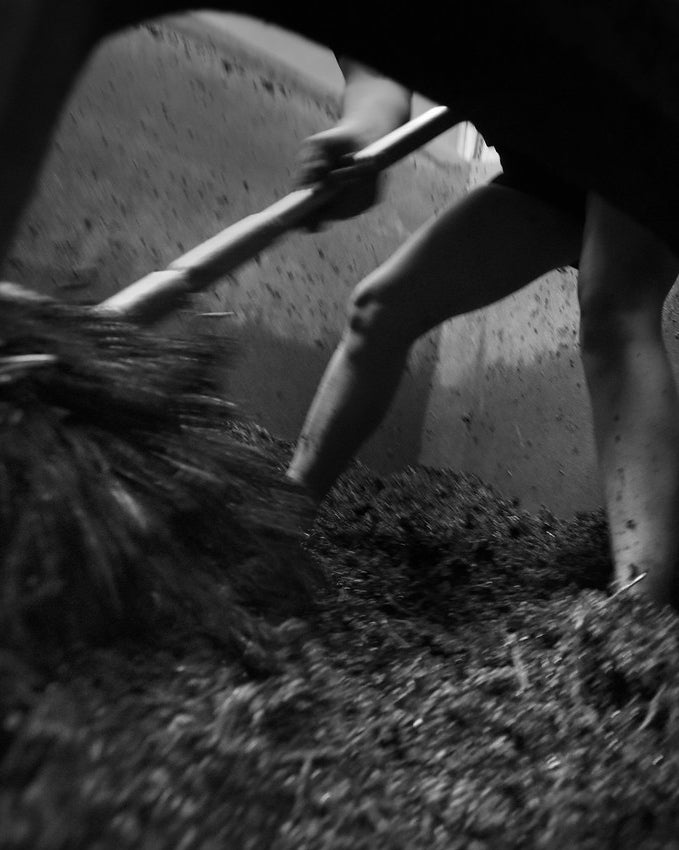

I'm originally from Los Angeles. I grew up in LA and I got into photography really late in life, I had been in a band for about 10 years before that in Seattle (during the 1990s), and I kind of burned out on the music scene. I didn’t know what to do. So I headed to Russia and Eastern Europe for three months. I brought a Pentax K1000, a basic manual 35mm camera, that I didn’t even know how to use well. I just started taking pictures and figuring out if this was something I could do. At the time, I was actually more interested in film, so the camera was just an excuse to meet people. However, it slowly grew on me.
Upon returning to Seattle, I started shooting a lot for myself. I was really curious about all kinds of things, mostly on the edges of the city—the drug scene, homelessness—so I began shooting stories. There was also this really interesting day worker corner in downtown Seattle. I tried to produce a long photo story because it was so chaotic and crazy. The project got my name out in Seattle as a documentary photographer who was interested in social issues, and that’s kind of where it started back in the early 2000s.
For me, photography was mostly self taught—I didn’t know how to develop film, process or make prints, etcetera. There was a little arts school in Seattle, one of the teachers there was a Pulitzer photographer namedJerryGay. I took one of his workshops, as well asMike Saylor’s, a hippie photographer from the‘60s. It wasMike Saylor who truly made me feel that photography was the most important thing in the world to do. That one week course made me realize that not only do I love photography, but it could be of some value.


I love spending time with people that do things that I know nothing about, that inspires me the most. I’m genuinely curious about how other people live. I was a weird teenager, although never homeless, but always curious about what that life must be like. When I first moved to Sonoma County, I was really inspired by homeless young people, who were incredibly resilient and interesting and had really beautiful things to say about life. These were the kind of projects that inspired me, because it was like I was showing something about a life—that even if unfortunate— many people live. I was learning as much about them as the public was learning from the photos. Those are extraordinary moments.
Every project is different, you really have to go with theflow. Some things happenquickly and you have to react, other times you have to be really patient and wait around, maybe even for hours, before you even take the first image. It’s all so different, which is what makes it so interesting.
For example, I spent a year and a half shooting photographs of a homeless couple. I remember I’d sit around observing for hours before I shot something, because I wanted every photograph interesting.
I knew Sashi already, because I’d photographed him about 10 years prior, and for me, he is the real driving force. I’m a people person. He’s very warm—kind of like an Italian grandfather, as he wants to make sure you’re well fed and comfortable, but also like a professor, too, in that he’s fascinating, a great story teller, and he’s a wealth of knowledge for what he does.
I also found the area extremely interesting. I’ve lived in SonomaCounty for almost 17years now, and when I first got to the Sta. Rita Hills, the first thing that struck me was how barren it was. I’ve been doing this for at least a decade, but going to Lompoc was so different, in that it didn’t look like wine country to me. It looked so foreign, and it certainly wasn’t like any other wine area that I’d photographed in the past.
Aside from the barrenness, I found the experience almost meditative. It wasn’t chaotic. It was interesting, when I talked with Sashi about what he wanted captured, the responses were very basic elements:the ocean, stone. He wasn’t like at all like a typical winemaker, who had a list of production shots, vineyard shots. It was more of a broad idea of the elements that he was curious about and loved to talk about, and then he kind of just let me loose. I found it extremely fascinating, I was moved by it.I felt isolated and alone, which was interesting to play with that emotion, and I loved the freedom of it. I’m ignorant to a lot of the nuances of what Sashi does professionally, and I think that he used that to allow me to approach the project with childlike eyes.
I was mostly worried that I was too in my own head, and not in Sashi’s head. That was really my only challenge. I was just thinking,God, I hope I'm not expressing myself too much in these photos!But every time we’d sit down for a meal, I felt like I was on his wavelength, in that the things that I found interesting, I could see from his reactions I was definitely on the right track. The freedom that he gave me really helped me communicate what he does.
Additionally, what stood out the most was the pick with his daughter on theJuliet vineyard. That to me was the most beautiful moment of the trip, just watching him and his daughter pick grapes together. It felt natural and real and honest and sincere.
The relationship between Sashi and Raj. They’re a fascinating couple of minds that I felt really lucky to get to witness. That was something I felt was the most important to capture. Also, Raj had an injury on his wrist at the time, and sometimes those things (pain, discomfort) make for great photographs, as they allow people to let down their guard a little bit.
I would say sincerity. Sashi’s inviting and open-minded personality made me feel like I really wanted to give a sincere portrait of his work. Truthfully, I don’t think I’ve ever been treated so well for a photography project before. In general, I think that winemakers love to host, as it’s somewhat part of the mantra, but Sashi is just so interesting, and it felt so natural. It was almost overwhelming, and I think that I worked really hard because of that. I really wanted to give him something special, to give him things that I haven't seen through my camera at a winery before, simply because he offered so much of himself